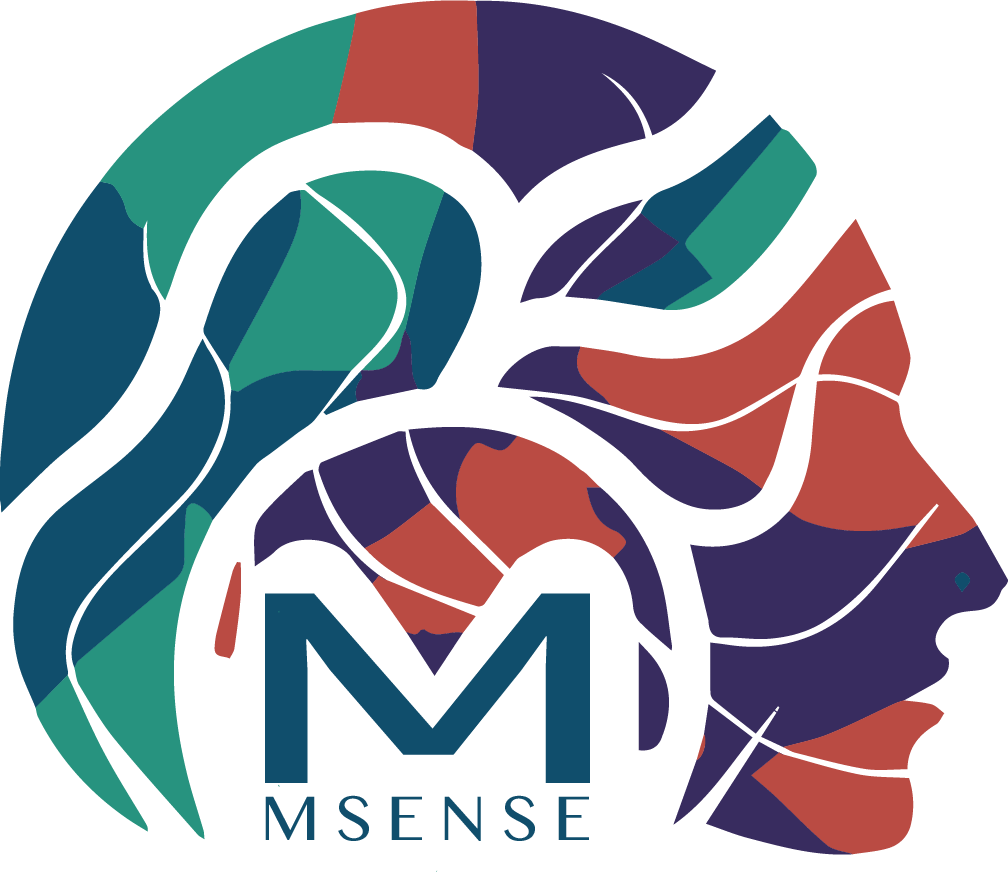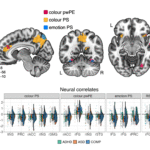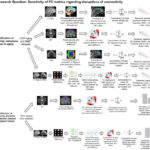Have you ever glanced at a clock and felt like the second hand paused for a moment? This common illusion, known as the “stopped-clock” effect (or chronostasis), occurs when rapid eye movements—called saccades—distort our sense of time. But what happens after that first moment? Our latest study conducted by Dr. Lingyue Chen (Chen et al., 2025) reveals that saccades don’t just stretch the perception of the first event we see; they also compress the timing of the next one, creating a dynamic tug-of-war in how we experience time.
Prior research primarily examined the immediately succeeding event following the saccade. Our research extends this by showing that saccades affect not just the first but also subsequent events. We discovered that while the first post-saccadic event appears prolonged, the following (second) event appears shorter, intensifying the chronostasis effect (expansion of the first event) when the second event is used as a psychophysical reference. We propose that saccades induce a transient shift in temporal attention, leading to an overestimation of the first and an underestimation of the second interval post-saccade.
This study sheds light on the intricate nature of subjective time distortions induced by saccades. The results indicate that the timing-related factors, such as stimulus onset, saccadic action, and the reference interval all play crucial roles in duration judgments. Remarkably, saccade-induced temporal attentional modulation was found to extend beyond the post-saccadic first event, which makes an important contribution to the understanding of attentional mechanisms involved in saccade-related time distortions.
(Text by Lingyue Chen)

Reference:
Chen, L., Grzeczkowski, L., Müller, H. J., & Shi, Z. (2025). Saccade-induced temporal distortion: opposing effects of time expansion and compression. Psychological Research, 89(2), 86. https://doi.org/10.1007/s00426-025-02116-1





